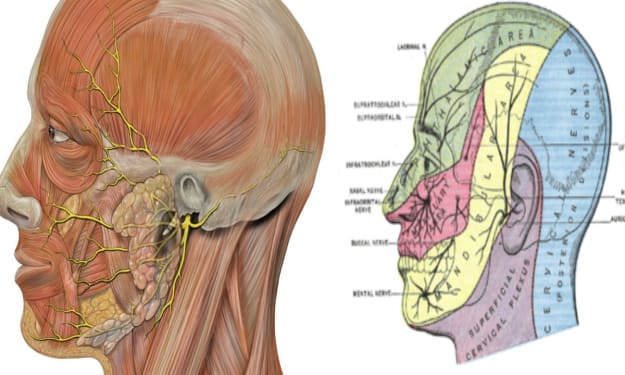Learn From IT Asset Management Foundation Certification
The IT Asset Management (ITAM) Foundation Certification is a credential designed to validate an individual's understanding of fundamental principles, practices, and concepts in IT asset management. I

The ITAM Certification is a credential designed to validate an individual's understanding of fundamental principles, practices, and concepts in IT asset management. It serves as an entry-level certification, providing a baseline level of knowledge for professionals working in IT asset management roles or those interested in pursuing a career in this field.
IT Asset Management Certifications are typically offered by professional organizations, certification bodies, or IT training providers. They often involve completing a training course or self-study program followed by an examination to assess the candidate's understanding of IT asset management principles.
Achieving an ITAM Foundation Certification demonstrates a foundational understanding of IT asset management concepts and best practices, which can be valuable for individuals seeking entry-level roles in IT asset management or related fields. It provides a solid foundation for further specialization and career advancement in the field of IT asset management.
IT Asset Management (ITAM) Foundation Certification, focusing on understanding the positioning, use, and cost of IT components within an organization. Let's delve into each of these aspects in detail:
Positioning of the Components:
This is knowing where different IT components (hardware, software, licenses, etc.) are situated inside the infrastructure of the company. Accurately locating IT components is essential for effective management, upkeep, and security. It assists with asset tracking, spotting possible weaknesses, and guaranteeing license agreement compliance.
A Certified IT Asset Manager must be aware of which staff members or departments use particular software programs, where hardware is installed (such as remote offices or on-premises), and how IT assets are connected to one another throughout the network.
Use of Components:
This entails being aware of how every IT component is applied throughout the company. Understanding how components are used facilitates maximizing their use, locating underutilized resources, and matching IT spending to business requirements.
Finding chances for license optimization can be aided by having an understanding of how software applications are used. Understanding how workloads are distributed among servers can help with capacity planning and resource allocation.
Cost of Components:
This refers to understanding the financial aspects associated with IT components, including acquisition costs, maintenance expenses, and total cost of ownership (TCO). Understanding the cost of components is essential for budgeting, cost optimization, and ROI analysis. It helps in making informed decisions regarding IT investments and identifying areas for cost-saving opportunities.
A Certified IT Asset Manager should be able to accurately track the costs associated with software licenses, hardware purchases, maintenance contracts, and other IT expenditures. They can then analyze this data to identify cost-saving measures, such as consolidating licenses or renegotiating vendor contracts.
Overall, learning about the positioning, use, and cost of IT components is essential for effective IT asset management. It enables organizations to maximize the value derived from their IT investments, ensure regulatory compliance, and mitigate financial risks. A Certified IT Asset Manager possesses the knowledge and skills to manage these aspects efficiently, contributing to the overall success of the organization's IT infrastructure.





Comments
There are no comments for this story
Be the first to respond and start the conversation.